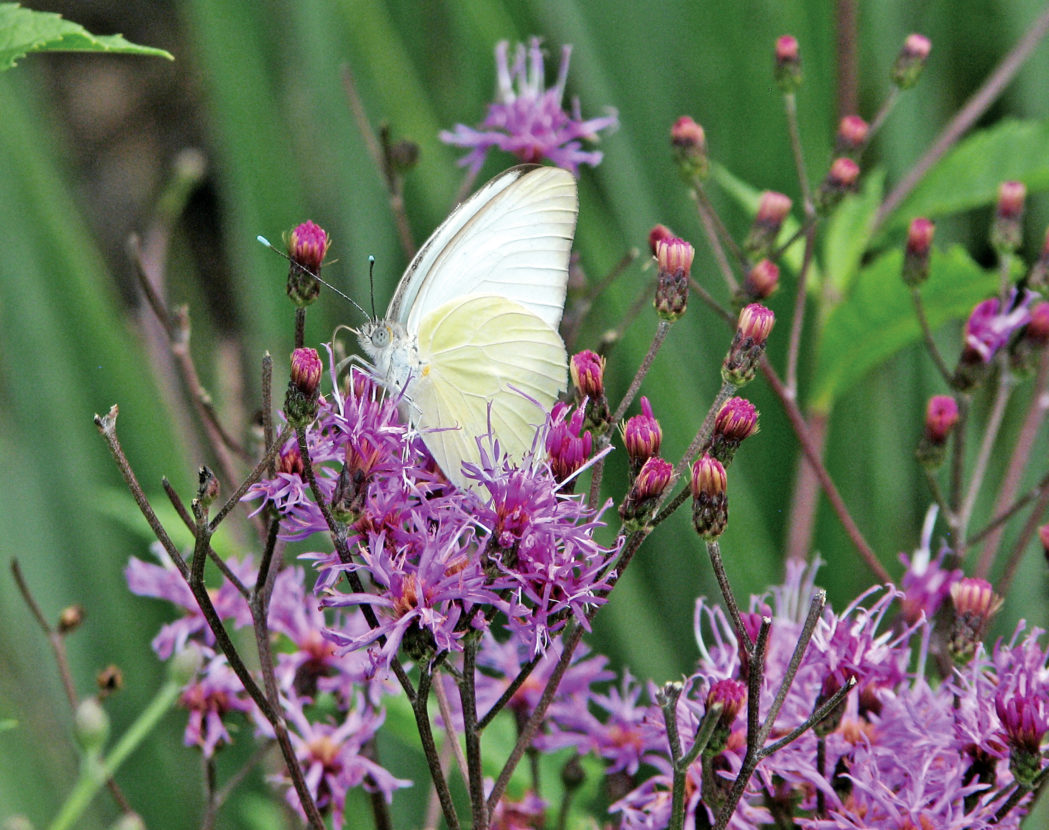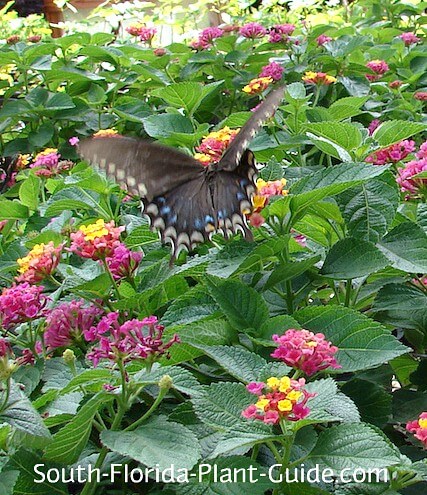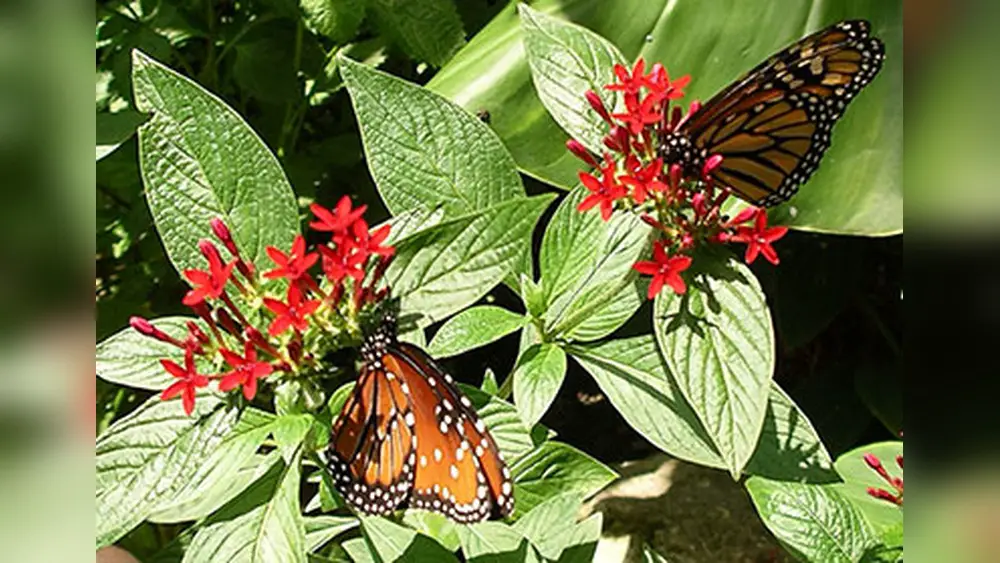If you want to bring more color and life to your garden, attracting butterflies is one of the best ways to do it. Butterflies don’t just add beauty—they play a vital role in pollination and the health of your local ecosystem.
But how do you create a space that butterflies love? The key lies in choosing the right plants, especially those native to Florida. By selecting the best Florida plants for butterflies, you’ll create a vibrant haven that invites these delicate creatures to visit and stay.
You’ll discover which plants are must-haves for your butterfly-friendly garden, how to plant them, and simple tips to keep your fluttering friends happy all year round. Ready to transform your outdoor space into a butterfly paradise? Let’s dive in!
Florida’s Butterfly Favorites
Florida offers a warm climate perfect for many butterfly species. Native plants provide food and shelter for these colorful insects. Choosing the right plants helps support butterfly life cycles. Planting native host plants attracts butterflies to your garden. Butterflies lay eggs on these plants, and caterpillars feed on the leaves. Providing nectar-rich flowers keeps adult butterflies coming back. Below are some of Florida’s top plants for butterflies.
Milkweed For Monarchs
Milkweed is essential for monarch butterflies. Monarch caterpillars feed only on milkweed leaves. This plant also provides nectar for adult monarchs. Different types of milkweed grow well in Florida. Common milkweed and butterfly weed are popular choices. Plant milkweed in sunny areas with well-drained soil. Avoid using pesticides to protect these delicate insects.
Passionflower For Fritillaries
Passionflower vines attract Gulf fritillary butterflies. These butterflies lay eggs on passionflower leaves. Caterpillars feed on the leaves and grow strong. Passionflower also offers nectar for adult butterflies. The vine grows quickly and adds beauty to gardens. It thrives in sunny or partly shaded spots. Passionflower is a must-have for fritillary fans.
Cassia For Sulphur Butterflies
Cassia plants support sulphur butterfly caterpillars. The bright yellow flowers attract adult butterflies. Cassia grows well in Florida’s warm climate. It prefers full sun and well-drained soil. Planting cassia can increase sulphur butterfly visits. Its flowers add color and life to any garden. Cassia is a reliable host plant for these butterflies.
Other Key Host Plants
Dill and fennel attract swallowtail butterflies. These herbs provide food for their caterpillars. Citrus trees also serve as host plants for some species. Pipevine is important for pipevine swallowtails. These plants help create a diverse butterfly habitat. Mixing several host plants benefits many butterfly species. A variety of plants ensures butterflies thrive year-round.
Nectar Plants To Plant
Planting nectar-rich flowers is key to attracting butterflies in Florida. These plants offer sweet nectar that butterflies love. Choose a mix that blooms throughout the year. This way, your garden stays vibrant and inviting to many butterfly species. Here are some top nectar plants to consider for your Florida garden.
Lantana And Pentas
Lantana brings bright clusters of flowers that attract many butterflies. Its blooms come in red, orange, yellow, and purple shades. Pentas plants offer star-shaped flowers in pink, red, and white. Both plants thrive in Florida’s heat and sun. They provide nectar all summer long, supporting butterflies through the warm months.
Porterweed And Fire Bush
Porterweed has tall spikes of small blue or purple flowers. It blooms steadily, giving butterflies a reliable nectar source. Fire Bush produces red-orange flowers that butterflies find irresistible. These shrubs also handle Florida’s heat well. Planting them adds color and food for butterflies in your garden.
Seasonal Bloom Variety
Choose plants that bloom in different seasons to keep nectar available year-round. Spring flowers like Milkweed and Passionflower attract early butterflies. Summer bloomers such as Lantana and Pentas keep the garden lively. Fall favorites include Goldenrod and Asters, providing late nectar sources. This variety ensures butterflies find food at all times.
Setting Up A Sunny Spot
Setting up a sunny spot is key for attracting butterflies in Florida. Most butterflies need warmth and light to thrive. A bright area helps flowers bloom and produces nectar. This encourages butterflies to visit and stay around your garden. Follow simple steps to create the perfect sunny spot.
Choosing The Location
Pick a place that gets at least six hours of sunlight daily. Avoid shaded areas under large trees or buildings. Choose a spot protected from strong winds. Butterflies prefer calm, warm areas where flowers can fully open.
Soil Preparation Tips
Start by removing grass, weeds, and debris from the area. Loosen the soil with a garden fork or tiller to a depth of 8 to 12 inches. Mix in organic compost to add nutrients and improve soil texture. Healthy soil helps plants grow strong and produce more nectar.
Improving Drainage
Check if water pools after rain. Poor drainage can harm plant roots and reduce flower health. Add sand or small gravel to heavy clay soils to increase drainage. Raise planting beds slightly to prevent water buildup. Good drainage keeps plants healthy and butterflies happy.

Credit: www.flawildflowers.org
Creating Larval Habitats
Creating larval habitats is essential for supporting butterfly populations in Florida. Larvae, or caterpillars, depend on specific plants to eat and grow. Providing these plants in your garden helps butterflies complete their life cycle. Healthy larval habitats increase butterfly numbers and diversity.
Selecting Host Plants
Host plants are vital for butterfly larvae. Each butterfly species needs certain plants to feed on. Milkweed is the main host for monarch caterpillars. Passionflower supports Gulf fritillary larvae. Cassia serves sulphur butterflies well. Plant a mix of native host plants to attract more species. Native plants thrive in Florida’s climate and offer the best nutrition.
Layering Plant Heights
Layering plants by height creates a natural habitat for larvae. Taller plants like passionflower vines provide shelter and food. Medium plants such as milkweed offer feeding grounds. Low-growing plants protect young caterpillars from predators. This layered structure mimics nature and improves caterpillar survival. It also makes your garden visually appealing and diverse.
Safe Pesticide-free Zones
Pesticides harm butterfly larvae and their food plants. Creating pesticide-free zones is crucial for larval health. Avoid spraying chemicals near host plants. Use organic methods to control pests. Safe zones encourage butterflies to lay eggs and caterpillars to thrive. This practice supports a healthy garden ecosystem and protects pollinators.
Shelter And Protection
Butterflies need more than just flowers to thrive in your garden. Shelter and protection play a vital role in their survival. Providing safe spots helps them rest, hide from predators, and escape harsh weather. Creating these areas encourages butterflies to stay longer and visit often.
Using Shrubs And Dense Vegetation
Shrubs and dense plants offer excellent hiding places for butterflies. They provide shade and cool spots during hot Florida days. Thick leaves shield butterflies from birds and other threats. Plant native shrubs like beautyberry or wax myrtle to create natural refuges. These plants blend well with butterfly-friendly flowers and improve garden diversity.
Wind And Rain Barriers
Strong winds and heavy rain can harm delicate butterfly wings. Barriers reduce wind speed and protect resting butterflies. Use tall plants or fences to block harsh weather. Group plants close to form natural walls. This setup creates calm zones where butterflies feel safe. Choose hardy Florida plants such as yaupon holly or cocoplum for effective barriers.
Water And Puddling Areas
Butterflies need more than just flowers to thrive in your Florida garden. Water and puddling areas play a key role in their survival. These spots offer moisture and essential minerals butterflies must have. Creating suitable water features attracts more butterflies and helps them stay healthy.
Shallow Sand And Water Puddles
Butterflies often gather at shallow puddles or damp sandy spots. These areas provide water and minerals they absorb through their feet. Create shallow puddles by filling a flat dish with sand and water. Keep the sand moist but not flooded. This mimics natural puddling sites and invites butterflies to visit your garden.
Maintaining Clean Water Sources
Clean water is vital for butterflies to drink safely. Change water frequently to prevent bacteria and algae buildup. Avoid stagnant water to reduce mosquito breeding. Use filtered or rainwater to keep puddling areas pure. Clean water encourages butterflies to return regularly and supports their health.
Minerals For Butterfly Health
Butterflies need minerals like sodium for strong wings and energy. Puddling areas rich in salts provide these nutrients. Sprinkle a pinch of salt or crushed minerals near the water source. Minerals boost butterfly vitality and reproduction. Adding minerals to puddles makes your garden a butterfly hotspot.
Plant Grouping Strategies
Plant grouping strategies play a key role in attracting butterflies to your garden. Grouping plants thoughtfully creates a welcoming space for these delicate insects. It also enhances the garden’s beauty and makes maintenance easier. The right plant arrangements boost nectar availability and provide shelter for butterfly larvae. Consider grouping plants with similar water and sunlight needs for best results.
Clustering For Impact
Plant flowers in clusters instead of scattering them. Clusters catch butterflies’ attention from a distance. Large groups of the same species produce more nectar. This increases the chance that butterflies will stop and feed. Clustering also helps plants support each other by sharing moisture and shade. Use bright colors like orange, yellow, and purple to make clusters more visible. Group native Florida plants that bloom at the same time for a steady nectar supply.
Encouraging Butterfly Visits
Place host plants near nectar plants to encourage butterfly visits. Host plants provide food for butterfly caterpillars. Nectar plants offer energy for adult butterflies. This combination keeps butterflies coming back to your garden. Add flat stones or shallow dishes with water to give butterflies a place to rest and drink. Avoid using pesticides to protect butterflies and their food sources. Design your garden with layers, mixing tall and short plants for shelter and easy access to flowers.

Credit: www.south-florida-plant-guide.com

Credit: www.watsonrealtycorp.com
Frequently Asked Questions
What Is The Best Plant For Butterflies In Florida?
The best plants for butterflies in Florida include milkweed, passionflower, and cassia. These support various butterfly species as host and nectar plants. Milkweed attracts monarchs, passionflower supports Gulf fritillaries, and cassia feeds sulphur butterflies. Planting these native species helps create a thriving butterfly garden.
How To Create A Butterfly Garden In Florida?
Choose a sunny, well-drained spot in Florida. Plant native nectar flowers like lantana and host plants such as milkweed. Add shrubs for shelter and a shallow water source. Avoid pesticides to protect butterflies and caterpillars. Maintain diverse plants for continuous bloom and habitat.
Can Butterfly Bushes Be Planted In Fl?
Butterfly bushes can grow in Florida but prefer well-drained soil and full sun. Choose varieties suited for Florida’s climate.
What Plant Attracts Butterflies The Most?
Milkweed attracts the most butterflies, especially monarchs. Butterfly bush, lantana, and passionflower also draw many species.
Conclusion
Planting the best Florida plants invites butterflies to your garden. Choose native flowers like milkweed and passionflower for success. These plants provide food and shelter for many butterfly species. A sunny spot with good soil helps plants grow strong. Avoid using pesticides to keep butterflies safe and healthy.
Watching colorful butterflies flutter around brings joy and peace. Start planting today and enjoy a lively, beautiful garden tomorrow.

